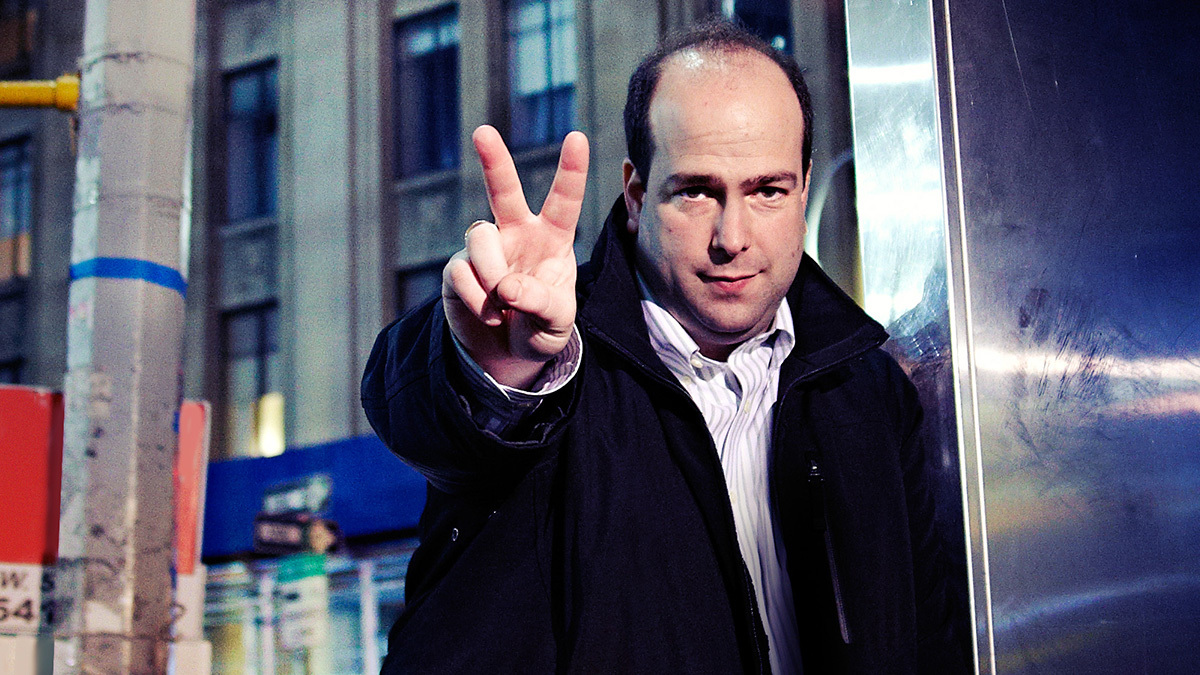Clarinet Tonguing Tips: There's More Than One Way to Articulate
with David Gould
Date Posted: May 27, 2016

Over the years I have heard many different levels of single reed students all over the world. Whether in the USA, Asia, or Europe, I have noticed that tonguing is often a weakness with younger players. I have come up with a few concepts that I think can make a big difference with little effort.
Tah and Dah
If you have studied a single reed instrument from an early age, you have most likely used the syllable tah. Good old tah can get the job done, but it can often create an accent on the note or even a squeak if done too hard. Truth be told, in my own playing, I use tah for a note with an accent on it. If you are committed to tah, but want to soften it up a little, try dah. This softer syllable will lighten up the aggressive character of the attack.
Tee
Have you ever considered tee? This syllable is softer but still precise. This can be used for a rapid succession of tongued notes. It keeps the tongue pointed and yet almost relaxed to do its job. It also keeps the tongue high in the mouth. This can help keep pitch consistent.
Dee
My default syllable has become dee over the years... It has a soft attack and helps me keep the tongue relaxed. This also allows me to tongue more rapidly then dah or tah syllables. It also keeps my tongue position high and forward to help with keep my intonation more consistent.
Air Attacks
Lastly, another option for the courageous are air attacks, meaning, using the air speed and embouchure pressure to control the beginning vibrations of the reed and ultimately the start of the sound... In other words an attack without tongue. This can be practiced by starting a note with only a soft slow stream of air. Slowly increase the speed and volume of the air to find the moment where the reed catches and the tone begins.
All of these can work and they can achieve a variety of colors in the articulation, but never forget the most important part of articulation - proper air support behind the tongue. No matter what sound you want or type of articulation you will use, air pressure and support is paramount to good playing. Air pressure will always take the edge off an attack and make sure that the tone will follow the tonguing syllable. Remember to always support with a deep, low breath that is being driven up and out the oral cavity, through the clarinet, and out to the audience.
Good luck, and practice slowly!!!
Subscribe to the We Are Vandoren E-newsletter (WAVE) to receive 4 weekly articles for Performers, Students, and Educators